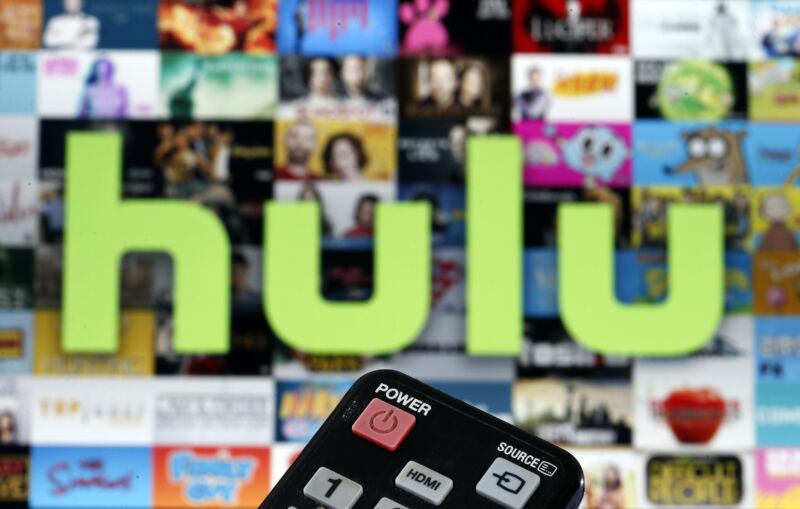Online video price hikes —
Hulu + Live TV went from $40 to $65 since 2017; rival services raised prices, too.
Jon Brodkin
–

Getty Imagers | Chesnot
Hulu is raising the monthly price of its live-TV streaming package from $54.99 to $64.99 starting on December 18, continuing a string of price hikes by online video services that offer an alternative to cable and satellite TV. The increase will apply to existing and new subscribers.
Hulu + Live TV debuted at $40 a month in mid-2017 but was up to $54.99 a month by December 2019. The new $64.99 monthly price is for the package with over 65 live channels plus access to Hulu’s ad-supported library of on-demand shows and movies.
Hulu also offers a Live TV plan with ad-free access to the streaming library. The price of this package will increase from $60.99 to $70.99 a month. There’s also a Live TV plan without Hulu’s streaming library, which is rising from $53.99 to $63.99.
Hulu sent notices of the upcoming price hikes to existing subscribers and confirmed the change on its website yesterday. The cheapest plan that includes only the ad-supported streaming library, without any live channels, will remain at $5.99 a month. The no-ads version will remain at $11.99. By comparison, Netflix plans range from $8.99 to $17.99 a month after a price increase last month.
Hulu’s majority owner is The Walt Disney Company. Comcast has a 33-percent stake in the company, but Disney has had full operational control since May 2019.
Price hikes all around
Hulu’s latest price increase brings it in line with YouTube TV, which has risen in price from $35 in 2017 to $64.99 since June 2020. AT&T TV Now starts at $55 a month, while FuboTV’s family plan starts at $64.99 a month. Sling TV starts at $30 a month.
Periodic price hikes have been an unfortunate fact of life for cable and satellite TV subscribers for decades. Customers can still save money by using a streaming service—AT&T charges an average of $130.55 per customer each month on DirecTV and its other premium TV services, for example. But the streaming price hikes are annoying to customers, as reaction to Hulu’s latest price increase shows.
TV providers generally blame price increases on the rising cost of programming. But some of the big TV providers own plenty of that programming themselves, so they can’t fully deflect responsibility for price hikes. Disney, for example, is the owner of ESPN, ABC, and other channels found on Hulu and other TV services.
Channel lineups and add-on features can vary significantly by service, so it’s worth examining the different live-TV options before settling on a streaming service. Although price hikes reduce the desirability of streaming services, the online platforms unquestionably provide advantages over cable and satellite in terms of choice and flexibility. Customers have more options in online streaming, it’s easier to cancel and switch to another service, and the pricing is generally more straightforward—with one notable exception in the form of AT&T TV.

